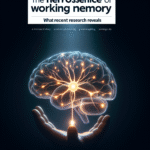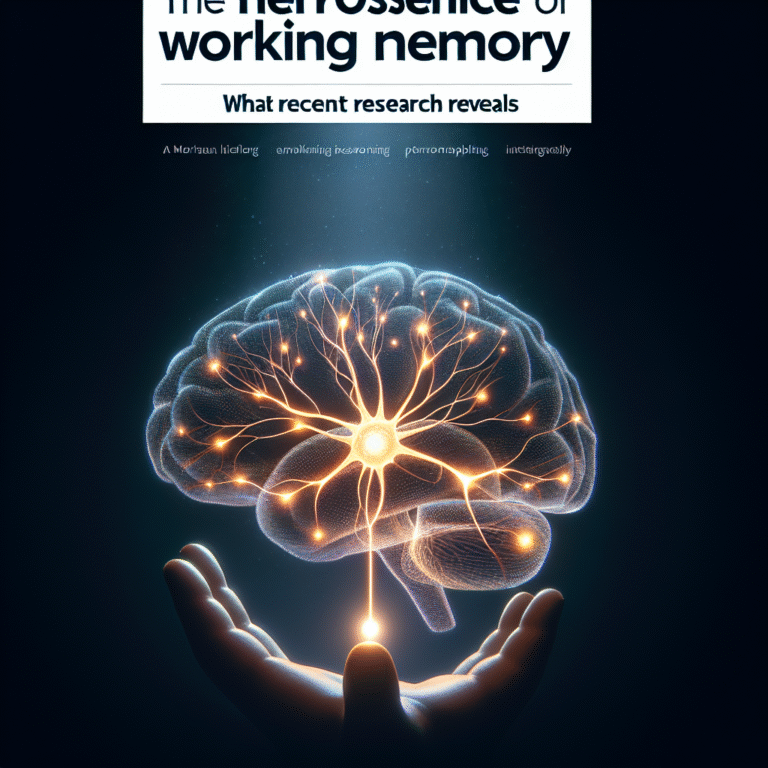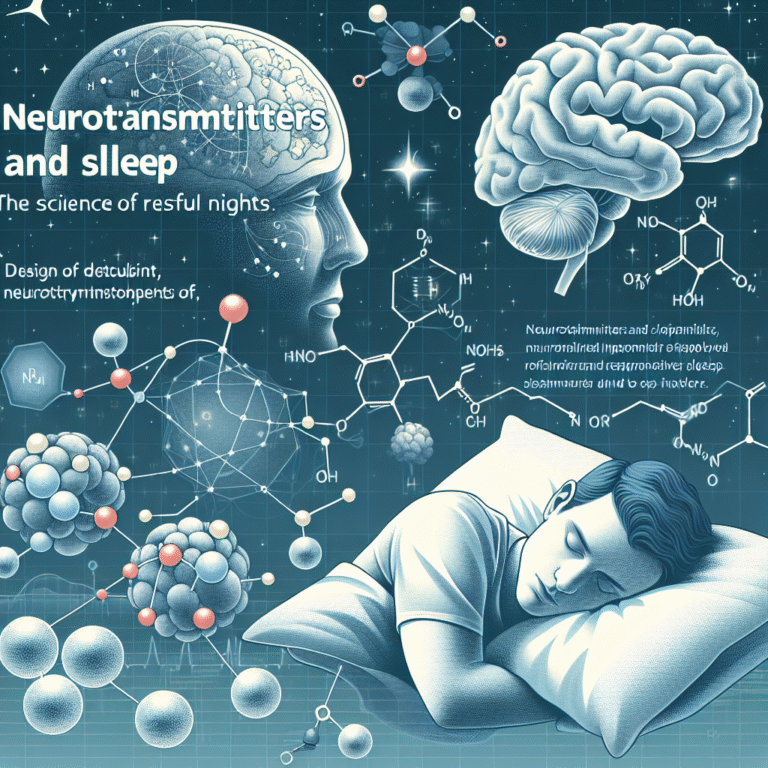
In an age of incessant distractions and overwhelming stressors, the pursuit of inner peace has become more vital than ever. Unlocking the Power of Mindful Awareness: A Path to Inner Peace explores a transformative approach that invites individuals to cultivate a deeper connection with their inner selves and the present moment. By honing our ability to embrace mindfulness, we can foster resilience, clarity, and tranquility in our daily lives.
Introduction
Picture this: You’re surrounded by chaos—emails piling up, notifications pinging like clockwork, and thoughts racing through your mind faster than you can catch them. In the midst of this whirlwind, it’s easy to feel lost, anxious, and disconnected. But what if there were a way to slow down, regain control, and find serenity even amid tumult? The concept of mindful awareness holds the key to such transformation. Unlocking the Power of Mindful Awareness: A Path to Inner Peace not only offers a roadmap to tranquility but also lays the foundation for a more profound sense of fulfillment and authenticity in life.
Understanding Mindful Awareness
What Is Mindful Awareness?
Mindful awareness is the practice of being fully present in the moment, without judgment. It involves paying attention to our thoughts, feelings, and surroundings with curiosity and openness. This practice allows us to observe our inner experiences rather than react impulsively, leading to a more responsive and intentional way of living.
The Science Behind Mindfulness
Research has shown that mindful awareness can reshape our brains. Studies using MRI scans reveal that mindfulness practice can lead to a decrease in the size of the amygdala (the brain’s fear center) and an increase in grey matter density in areas associated with emotional regulation and cognitive functioning (Desbordes et al., 2012). This neuroplasticity demonstrates the physiological impact of cultivating mindfulness and its potential to foster inner peace.
Case Study: The Ripple Effect of Mindful Awareness in the Workplace
Background
In 2016, a renowned tech company recognized the mounting stress levels among its employees. To address this, they integrated a mindfulness program as part of their wellness initiative.
Implementation
The program included guided meditation sessions, mindfulness workshops, and a dedicated space for employees to practice mindfulness on-site.
Results
After six months, surveys indicated a 40% decrease in reported stress levels and a 25% increase in job satisfaction among participants. The company experienced a notable boost in productivity and collaboration, showcasing the ripple effect of mindful awareness.
Analysis
This case study illustrates how Unlocking the Power of Mindful Awareness: A Path to Inner Peace not only benefits individual employees but also enhances organizational culture and output. By making mindfulness a cornerstone of workplace wellness, companies can create an environment conducive to both mental health and productivity.
Practical Steps to Unlock Mindful Awareness
1. Begin with the Breath
Breath is a powerful anchor in mindfulness practice. Start by dedicating a few minutes each day to focusing on your breath. Observe the rhythm, the sensation of air filling your lungs, and how it feels to exhale. This simple yet profound practice cultivates a sense of grounding and relaxation.
2. Establish a Daily Mindfulness Routine
Incorporating mindfulness into your daily life requires commitment. Here’s a table to help you create your mindfulness routine:
| Time of Day | Activity |
|---|---|
| Morning | 5 minutes of breath awareness |
| Midday | 10-minute walking meditation |
| Afternoon | Mindful eating during lunch |
| Evening | Reflective journaling |
3. Embrace Mindful Activities
Beyond meditation, engage in everyday activities mindfully. Whether it’s washing dishes, walking, or eating, bring your full attention to the moment. Notice sensations, flavors, and sounds, fostering a deeper appreciation for the ordinary.
The Emotional Benefits of Mindful Awareness
Cultivating Emotional Resilience
Mindfulness equips us with tools to navigate emotional challenges gracefully. By practicing mindful awareness, we learn to pause, acknowledge our feelings, and respond thoughtfully rather than reactively. This fosters emotional resilience—a key ingredient for inner peace.
Reducing Anxiety and Stress
Numerous studies indicate that mindfulness can significantly reduce anxiety and stress levels. By tuning into our bodies and breath, we can create space for calm amidst turmoil.
Case Study: Mindfulness in Education
Background
A public school district implemented mindfulness programs throughout its schools, aiming to support students’ emotional wellness.
Implementation
Classes involved age-appropriate mindfulness practices, including simple breathing exercises and interactive mindfulness games. Teachers were trained to incorporate these practices into daily routines.
Results
Within a year, student reports of stress and anxiety dropped by 30%, and classroom behavior improved significantly, leading to a more conducive learning environment.
Analysis
The educational case study highlights the long-lasting impact of Unlocking the Power of Mindful Awareness: A Path to Inner Peace on youth development. By teaching mindfulness at an early age, we can empower future generations with the tools to manage stress and cultivate resilience.
The Sp intricate Connection Between Mindfulness and Compassion
Enhancing Self-Compassion
Mindful awareness encourages a non-judgmental attitude towards ourselves. As we learn to observe our thoughts and feelings without criticism, we naturally cultivate self-compassion—a crucial aspect of achieving inner peace.
Nurturing Compassion for Others
Mindfulness also extends our capacity for empathy and compassion towards others. By recognizing our shared humanity, we create a ripple effect of kindness and understanding in our interactions with friends, family, and communities.
Tools and Resources for Cultivating Mindful Awareness
Apps and Websites
- Headspace: Offers guided meditations for various levels and purposes.
- Calm: Provides resources for sleep, meditation, and mindfulness.
- Insight Timer: Features a vast library of free meditations and talks from mindfulness experts.
Books
- “The Miracle of Mindfulness” by Thich Nhat Hanh: An excellent introduction to mindfulness practice.
- “Wherever You Go, There You Are” by Jon Kabat-Zinn: A practical guide on integrating mindfulness into daily life.
Workshops and Retreats
Participating in mindfulness retreats can deepen your practice. These immersive experiences provide a supportive environment to explore mindful awareness and foster lasting inner peace.
The Power of Community in Mindfulness
Finding Like-Minded Individuals
Engaging with a community of mindfulness practitioners can provide motivation and accountability. Whether through local groups, online forums, or social media, connecting with others on a similar journey enriches the experience of unlocking the power of mindful awareness.
Creating a Mindfulness Group
Consider starting a mindfulness group in your community. Set a regular schedule, choose a practice focus (e.g., guided meditations, mindful walking), and share insights. This fosters a sense of belonging and shared growth.
Conclusion: Your Journey to Inner Peace
Unlocking the Power of Mindful Awareness: A Path to Inner Peace is not merely a theoretical exploration; it is a practical guide to transforming your life. By embracing mindful awareness, you are taking courageous steps towards fostering greater serenity, resilience, and fulfillment.
As you embark on this journey, remember that mindfulness is a practice—one that requires patience and consistency. Each moment of awareness is a brick laid in the foundation of inner peace. Commit to this path, and you’ll discover a treasure trove of wisdom and tranquility awaiting you.
FAQs
1. What is mindful awareness?
Mindful awareness is the practice of being fully present in the moment, observing your thoughts, feelings, and surroundings without judgment.
2. How can mindfulness help reduce stress?
Mindfulness teaches you to pause and respond thoughtfully to stressors rather than react impulsively, which can diminish overall stress levels.
3. Can mindfulness improve emotional health?
Yes, mindfulness practices foster emotional resilience and self-compassion, which are vital for emotional well-being.
4. How do I start practicing mindfulness?
Begin with simple breathing exercises, gradually incorporate mindfulness into daily activities, and establish a routine that suits your lifestyle.
5. Are mindfulness apps effective?
Many people find mindfulness apps helpful for guided meditation and building a consistent practice, but effectiveness varies by individual. Experiment to find what resonates with you!
Unlocking the Power of Mindful Awareness: A Path to Inner Peace is a journey—embrace it wholeheartedly, and you will unlock a world of serenity and personal growth.
















